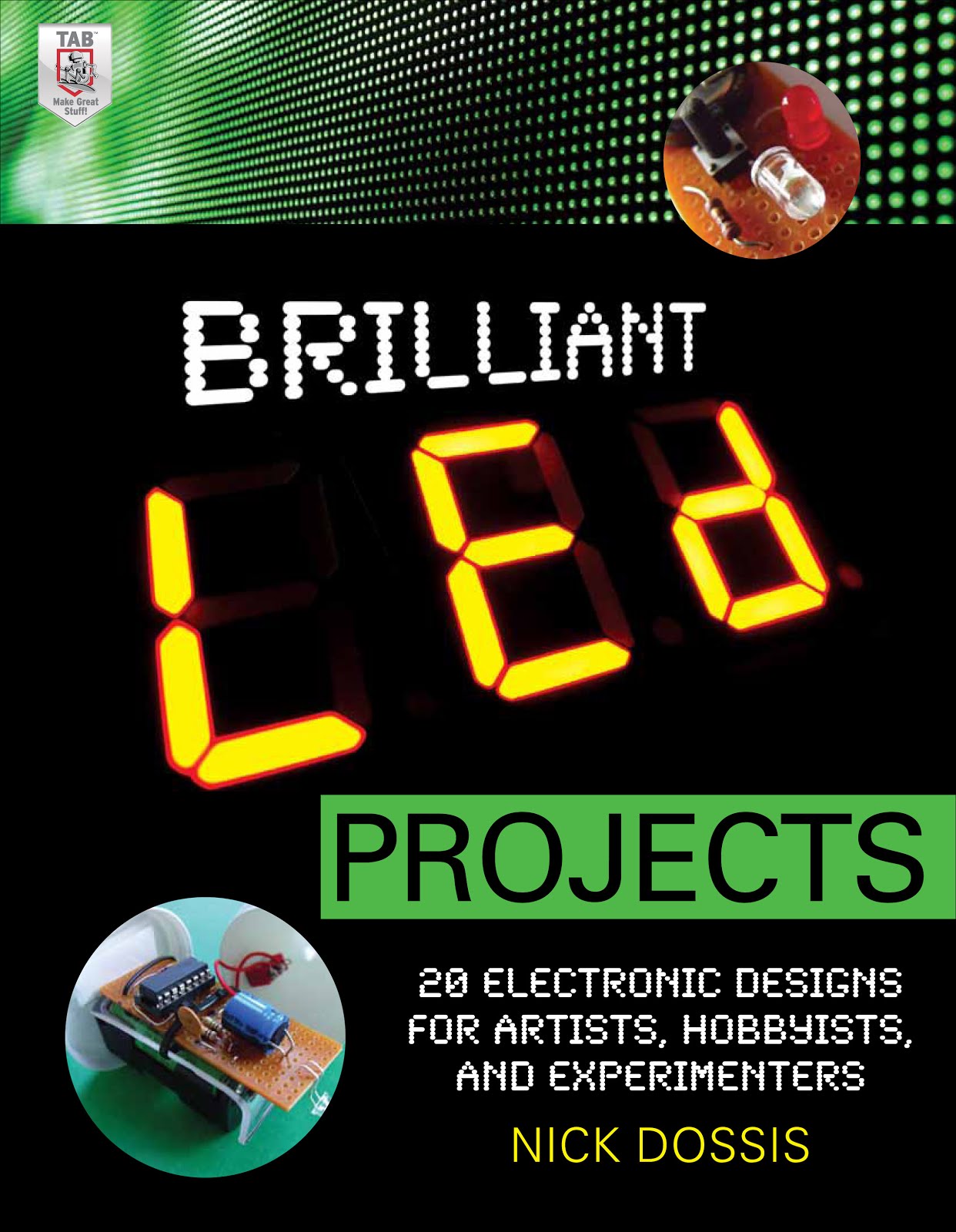
One of the first electronic modules that I built for my box of tricks was a dual astable timer module. This is a key requirement when building most digital circuits as it is essentially the 'heartbeat' of the circuit. The photograph shows that I built two separate astable circuits on the same piece of stripboard. The top circuit is a standard astable timer the duration of which can be adjusted using the pot VR1 and by altering the values of C1, R1 and R2. These components aren't soldered into the board they are just pushed into turned pin sockets which makes it nice and easy to alter the values without having to desolder the components from the board. The bottom circuit is another astable circuit but is configured as a voltage controlled oscillator which means that when you press the red button the output clock speed is fast then when you release the button the astable speed slows down over a period of a few seconds until it finally stops. This circuit is a useful building block for flashing led circuits where you want the flashing light sequence to stop after a short while, for example a roulette wheel simulator. If anyone wants to have the component values that I used let me know.





